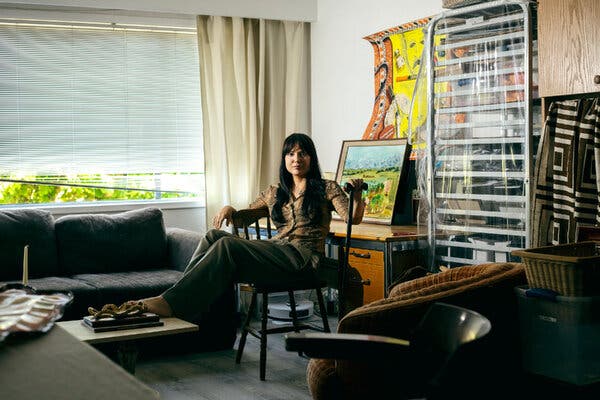In the spring of 1991, artist Joseph Grigely visited an exhibition titled “The Blind” at the Luhring Augustine gallery in Lower Manhattan. The show, created by French conceptual artist Sophie Calle, featured photographs of individuals born blind alongside their responses to the question, “What is your image of beauty?” Calle's work was known for its intimate and voyeuristic examination of encounters with strangers.
Grigely, who lost hearing in one ear as an infant and became completely Deaf at age ten after an injury, initially found the exhibit captivating. He appreciated how the exhibition directly engaged with disability, a perspective he had rarely encountered before. Accompanying the portraits were images depicting places, textures, and colors described by the subjects, such as a preference for “a man's body, strong and muscular.”
However, during his journey home to Washington, D.C., Grigely began to feel unsettled. Stuck in traffic on the New Jersey Turnpike, he started jotting notes to Calle on scraps of paper he always carried to communicate with hearing individuals. Over eight visits to the exhibition, he wrote 32 letters that evolved into “Postcards to Sophie Calle” (1991), a significant work in the evolution of disability art.
This exhibition coincided with a pivotal moment for disability rights in the United States. Less than a year prior, the Americans With Disabilities Act (ADA) had been enacted, outlawing discrimination against disabled persons. On the show’s final day, Grigely distributed copies of his correspondence outside the gallery, emphasizing the importance of recognizing what disabled people possess rather than what they lack. He concluded with a provocative suggestion that Calle might someday expose herself to the blind as she had exposed them to her gaze.
Grigely anticipated that “Postcards to Sophie Calle” might soon feel outdated given the ADA’s promise of sweeping social reforms. Yet, disability continues to be viewed predominantly as a condition to conceal or correct. Moreover, recent policy changes have reduced funding for programs supporting millions of disabled Americans and rolled back key accessibility guidelines, signaling ongoing challenges despite legislative progress.


0 Comments
No comments yet. Be the first to comment!